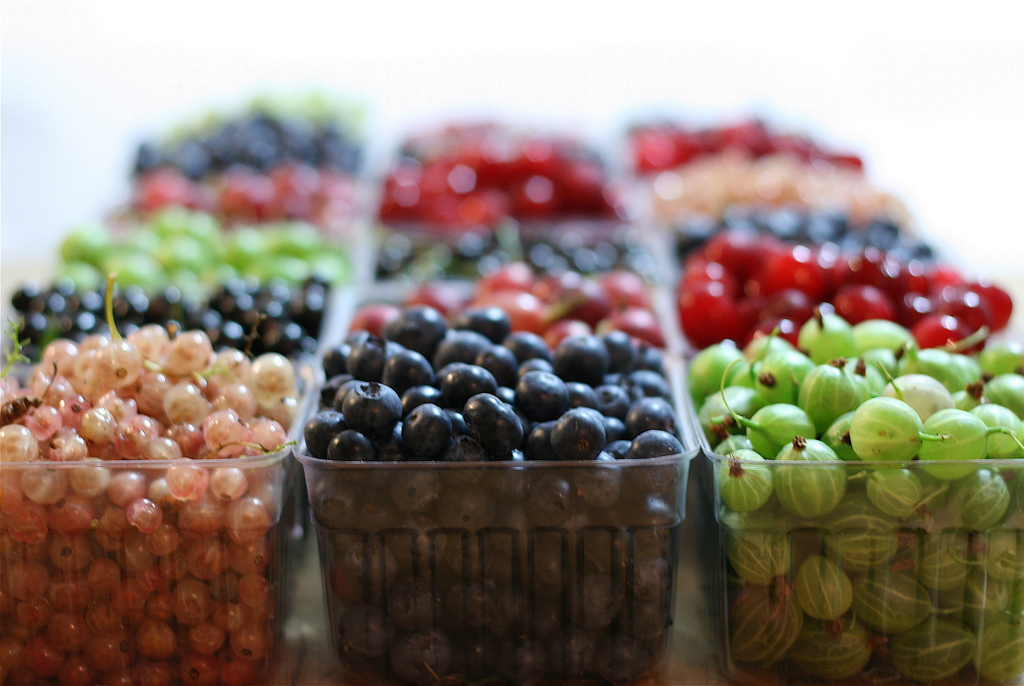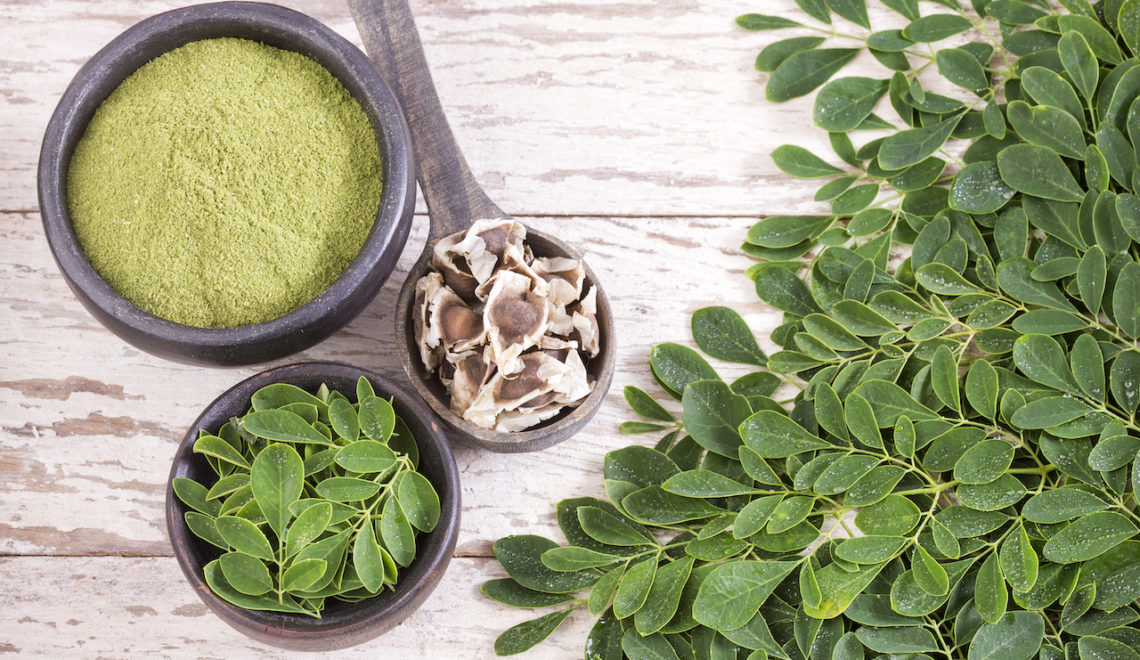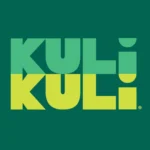
The popularity of organic food products has risen in the last few decades, moving organically produced and processed produce, meat, poultry, eggs, and even snack foods from small natural food stores to everyday supermarkets across the country. Fueled by the media, trends, and the want of a better lifestyle, many people have started to prefer to buy mostly, if not exclusively organic. But what does it really mean for a food product to be organic?
USDA Standards
Due to the growth and demand of organic foods, the United States Department of Agriculture (USDA) created the National Organic Program (NOP) in 2002 in order to regulate all organic agriculture and the production of organic products in the country. Since then, all farmers and food companies that wish to say that their product is organic must first meet the standards of the USDA and NOP.
According to the USDA, the term “organic” means that animal products like meat, poultry, eggs, and dairy were not produced, handled, or processed with antibiotics or growth hormones and that plant products were grown, handled, and processed without most pesticides, fertilizers made with synthetic materials, genetically modified organisms, or ionizing radiation. The USDA also restricts the food additives such as preservatives or artificial sugars that can be added to food products along with many other ingredients that are not considered organic by the way they are manufactured or grown.
Organic Certification
However, a food company cannot just say that their products are organic even if they meet all of those requirements. A food company must first become certified in order to get the USDA and NOP’s literal stamp of approval. A food company, like Kuli Kuli, must apply to the program and have their entire production process inspected. The inspection is an extensive process where representatives would verify that all ingredients and products do indeed meet the standards of organic.
Food Growth
Organic farmland would also be inspected to make sure that adequate “buffer zones” were in place around the fields. If an organic farm were too close to a conventional farm, inorganic materials from the conventional farm could contaminate the organic farm. Potential organic farmland would also need to meet certain requirements regarding water and soil chemical content and conservation along with efforts to reduce the pollution produced by the farm.
Processing and Handling
Organic certification does not only look at how the ingredients or products are grown, but also how they are handled and processed. A food company must establish a Production and Handling System Plan wherein they would detail handling and processing procedures that would be organic such as processing aids and cleaning products. The plan would outline these procedures and their frequency along with monitoring and record keeping systems that would be in place to provide safety and assurance that the food products were organic from beginning to end. Lastly, the plan would provide a list of all substances and ingredients used in the production of a food product, their sources, locations, and how or where they will be used.
Maintaining the Certification
If a food company passes the application, inspection, certification processes, the company would then be allowed to label their foods that meet the requirements as organic. The company would also go through routine inspections in order to keep their certification. These inspections would include taking samples of raw materials, ingredients, or soil to make sure that they are organic or pass the inspections ensuring that the processing and handling of the food products still meet federal regulations. Routine inspections of food quality and safety standards would also be performed, much like conventional food products.
Furthermore, there are also rules in place regulating the labeling of organic food products. A product that is labeled as “100% organic” must be entirely organic or made with all organic ingredients. If a product is labeled as only “organic” the product must be at least 95% organic. Both 100% and 95% organic products are also allowed to use the “USDA Organic” seal to show that they are entirely, or almost entirely organic. However, food products that have less than 95% organic ingredients are not allowed to use the seal, but can still get some credit. Products that contain at least 70% organic ingredients can be labeled as “made with organic ingredients”, but products with less than 70% cannot be labeled as organic. These products can list organic items in their ingredient list on the back or side panels, but not on the front of the packaging.
Organic Popularity
The organic movement has indeed increased in the last few decades and continues to be popular amongst those hoping to promote good environmental practices or those who are concerned about what goes into their food. Organic farming and food products may reduce pollution in some cases or contain fewer additives, but organic products have not been shown to be any different or healthier than foods produced by conventional farming or processing methods.
Although organic farming restricts the pesticides that can be used on plants, pesticides are still used and they are still potentially harmful. Food additives are used too and organic foods can be subjected to contamination and recalls as well. As the organic movement grows, it is important to note that organic does not automatically mean healthy or safe from harm. Food companies and the USDA should and do work to ensure quality and safety standards so that everyone can enjoy the food they eat regardless of how it is produced.
Sources:
http://www.mayoclinic.org/healthy-living/nutrition-and-healthy-eating/in-depth/organic-food/art-20043880?pg=2
http://www.ecfr.gov/cgi-bin/text-idx?SID=76746b4754fdefc3fa674dedd3b19c0b&node=7:3.1.1.9.32.6.354.2&rgn=div8











Everyone loves what you guys are usually up too.This sort of clever work and coverage!
Keep up the amazing works guys I’ve added you guys to my personal blogroll.
Thank you for your support! We appreciate it greatly.